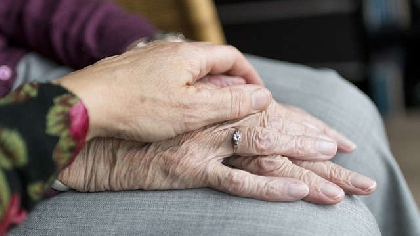
Bucks Council’s highway safety fears over plans to build an 82-bed care home were quashed by a planning inspector at appeal.
Planning inspector E Brownless has granted Care UK’s scheme to demolish the four large detached homes on Marlow Hill to build a facility that is said to address the “pressing local need” for care home accommodation.
It will provide care 24 hours a day for elderly people and those with dementia that will have communal spaces, including a hairdresser, gym, cafe, cinema, lounges, dining rooms, and day rooms.
There would be 82 en-suite bedrooms and 30 car parking spaces. The building would be split into two levels and would have a “contemporary” appearance with flat roof and terraces.
However, Bucks Council ultimately decided to refuse the application in 2020, fearing the site, which is close to Wycombe Hospital and on the A404, the main route into the town from the M40, over its impact on highway safety, as well as the plans not being acceptable due to poor transport modes and the questioned the adequacy of living conditions for future occupiers.
Marlow Hill is a heavily trafficked dual carriageway with a steep gradient that slopes downward towards a mini roundabout junction.
The council said as a consequence of the development, vehicular movements would increase from about 28 to 144 trips per day. It also citied there have been ‘serious incidents’ over a five-year period.
But Mr Brownless quashed all of these concerns and believed the junction in and out of the site would operate safely despite acknowledging that there will be intensified vehicular movements.
While he took the view that a negative gradient and queueing traffic may have partly contributed to those accidents, the evidence put before him showed that this part of Marlow Hill was to blame.
On the contrary, Mr Brownless believed the improvement to narrow junction that leads from the site to Marlow Hill that stop drivers from reversing out of the site and will likely reduce accidents.
He wrote: “Whilst the appeal scheme would intensify vehicular movements into and out of the site and have a corresponding increase in the number of slowing and turning vehicles, on the evidence before me I consider that the proposed junction would operate safely and not lead to an unduly harmful interference with the free flow of traffic nor result in a material increase in road traffic accidents or have an unacceptable impact on highway safety.”
On the public transport issue, he believes the site is well served with buses and is close within walking distance to shops and other facilities staff or occupiers may want to access. He also believed a large portion of the care home residents will most likely stay within the site, reducing the likelihood of increased vehicular movements.
At the same time, the planning inspector was ‘not persuaded’ the development could lead to poor living conditions for the occupiers, believing the internal and external connectivity to the site’s facilities are adequate – and that there is no evidence to suggest there will be a loss of natural daylight for the care home occupiers.



 RSPCA faces tough Christmas with 3,500 animals and record cat numbers in care
RSPCA faces tough Christmas with 3,500 animals and record cat numbers in care
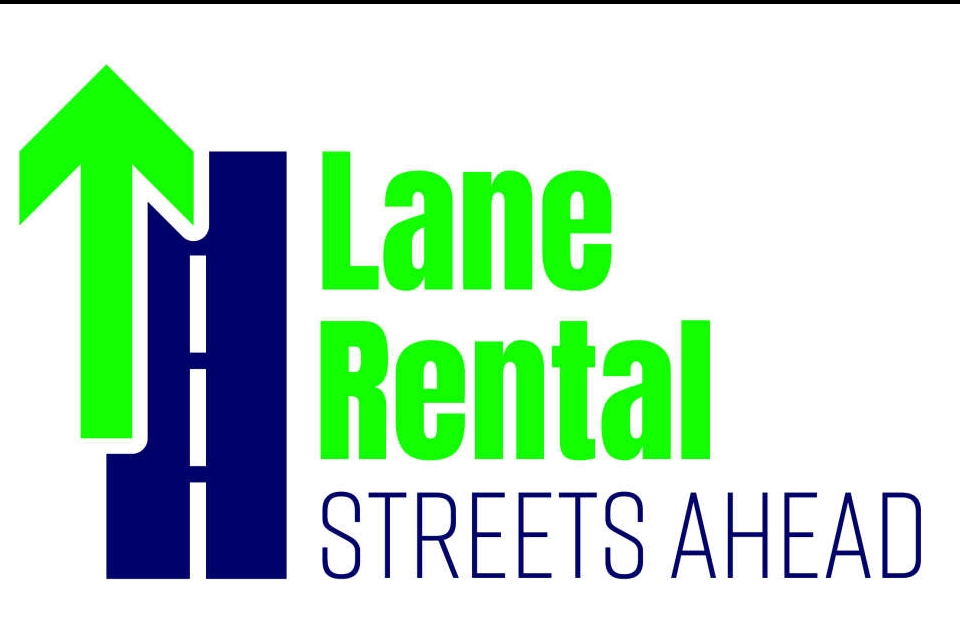 Council takes decisive action to cut congestion and curb disruption from roadworks
Council takes decisive action to cut congestion and curb disruption from roadworks
 Aylesbury Set to Shine as Christmas Cruise Rolls Into Town This Saturday
Aylesbury Set to Shine as Christmas Cruise Rolls Into Town This Saturday
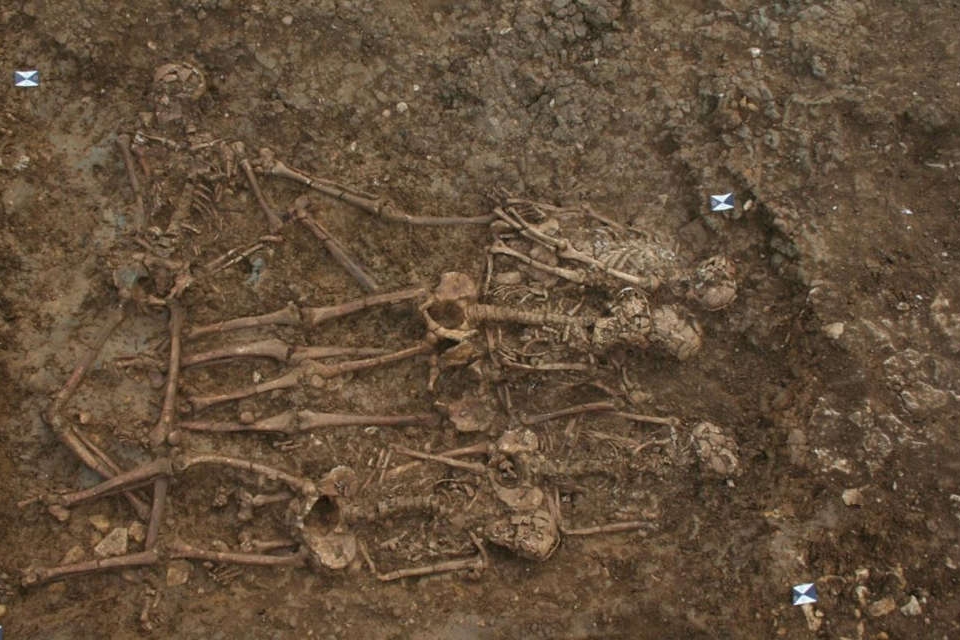 Council leads efforts to unearth mystery behind medieval burial site in Buckingham
Council leads efforts to unearth mystery behind medieval burial site in Buckingham
 Buckinghamshire's Skills Bootcamps exceeding national performance benchmarks
Buckinghamshire's Skills Bootcamps exceeding national performance benchmarks
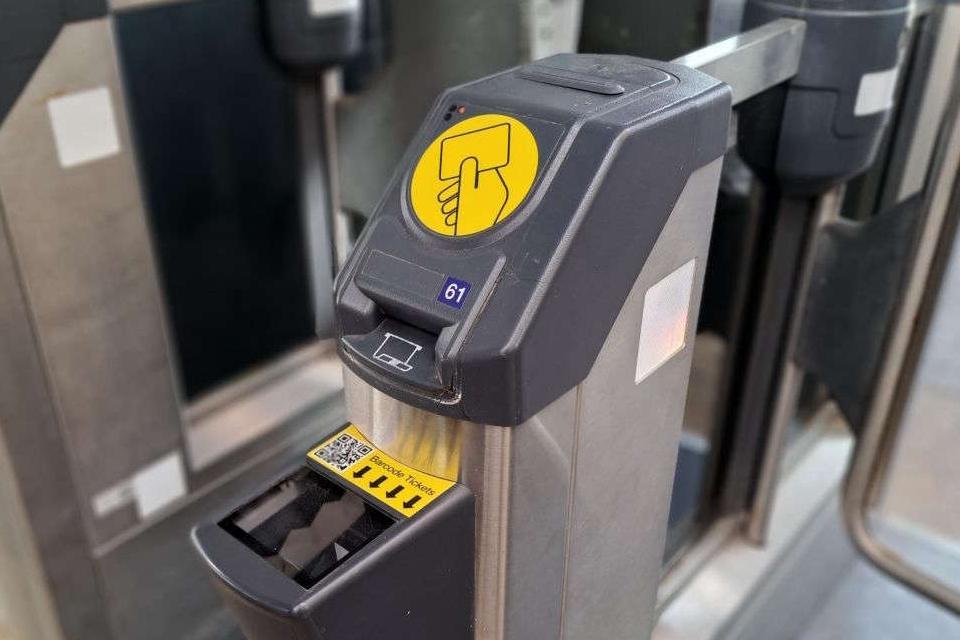 Pay as you go technology extended to nine further Chiltern Railways' stations
Pay as you go technology extended to nine further Chiltern Railways' stations
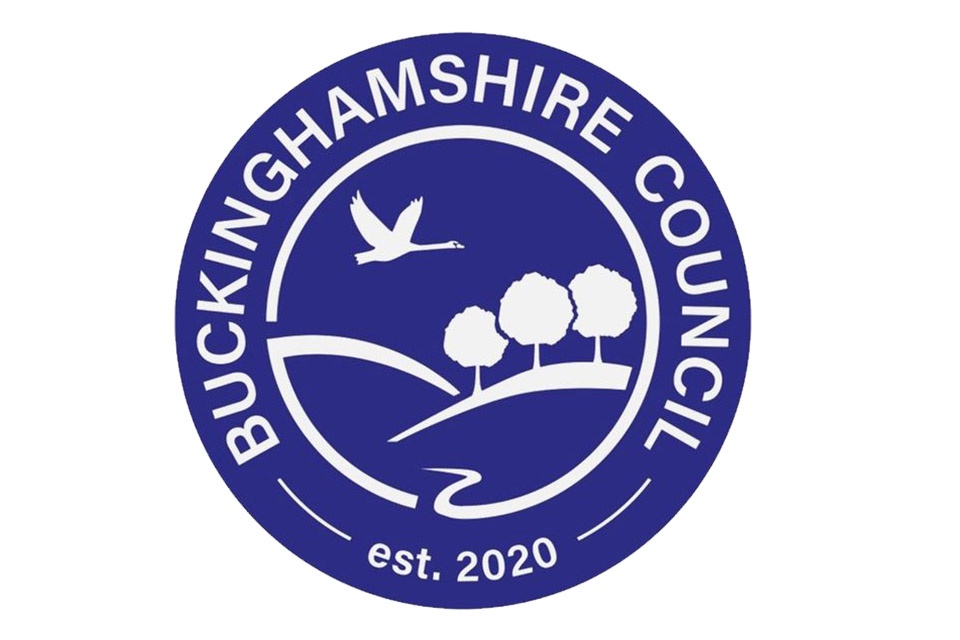 Crown Court backs Council decision to refuse private hire licen
Crown Court backs Council decision to refuse private hire licen











